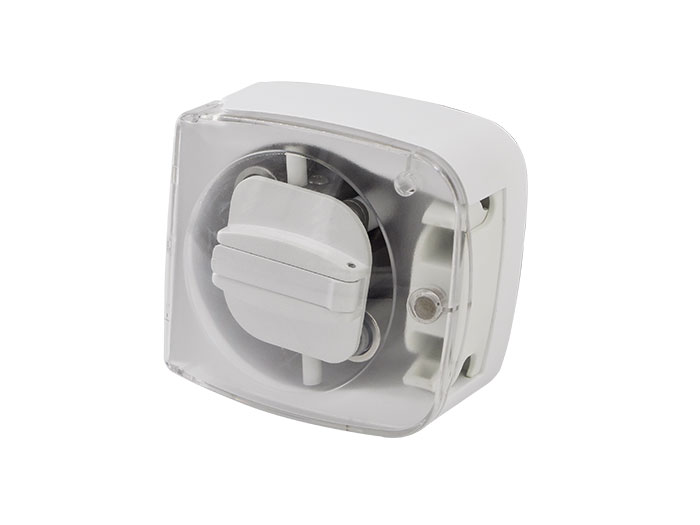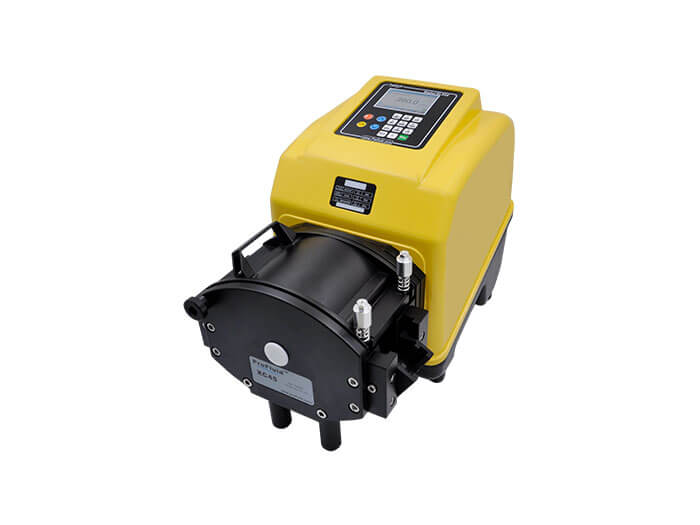A peristaltic pump is a very common type of pump that is expected to pump liquid into the pipe and expel it. In some applications, precise control of peristaltic pump flow is required. Several factors that determine the flow rate of a peristaltic pump include pump body size, rotation speed, pipe size and pump head pressure.
What is peristaltic pump flow control?
A peristaltic pump is a very common type of pump that is expected to pump liquid into the pipe and expel it. In some applications, precise control of peristaltic pump flow is required. Several factors that determine the flow rate of a peristaltic pump include pump body size, rotation speed, pipe size and pump head pressure. These factors mainly affect the flow rate and density of peristaltic pumps. Familiarity with how to operate peristaltic pumps is key to ensuring that the required precision can be achieved.
How to control peristaltic pump flow?
The peristaltic pump flow can be controlled in two ways. The first method is to control the flow rate by rotating the pump housing to adjust the size of the pump body. Tightening the pump casing will increase the pump body size, thereby reducing the flow rate. If the pump shell stretches, the pump body size is reduced and the flow rate is increased. The second method is to control the flow rate by controlling the rotation speed of the peristaltic pump. Increasing the rotation speed will increase the flow rate, while decreasing the rotation speed will decrease the flow rate.
If you want to control the flow and intake volume of the peristaltic pump, it is highly recommended to choose a peristaltic pump with programmable control. This allows you to set up specific programs with precise traffic. You can set these programs to different operating conditions, including pressure, temperature, and viscosity.
How to choose the appropriate peristaltic pump?
Choosing the right peristaltic pump involves several factors, including operating conditions, performance and budget. Key performance parameters include maximum flow, maximum pressure and maximum suction depth. In particular, when it comes to applications that require high-precision flow control, issues of precision and speed of adjustment need to be considered.
Therefore, some larger pump heads can better control the flow rate. Additional metering controllers can be selected or peristaltic pumps with built-in communication function can be used to further improve flow control accuracy. In addition, it is necessary to ensure that the pump is suitable for the liquid to be processed, as well as the required fluid temperature and viscosity.
Some peristaltic pumps are commonly used
Because of their high accuracy and corrosion resistance, peristaltic pumps are widely used. The main areas include medical, food and chemical processing, environmental engineering, water pump pollution treatment and chemical delivery. For example, in laboratory experiments, peristaltic pumps can be used to control the movement of liquids between multiple containers and accurately measure the chemicals added in the experiment. In addition, peristaltic pumps have been widely used in printing and packaging industries.
conclusion
Techniques and methods for controlling peristaltic pump flow allow you to achieve the desired accuracy and mitigate possible pressure waves and other unnecessary pipe vibrations. Understand the fundamentals and stability that control peristaltic pump flow to provide greater efficiency and repeatability for your application while choosing the right pump head.

